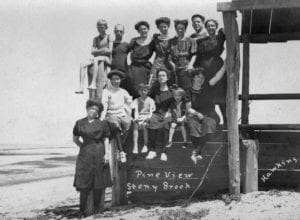By Leah Chiappino
From now through Sept. 29, The Ward Melville Heritage Organization is turning back the clock with Journey Through Time, a summer exhibit at the WMHO’s Educational & Cultural Center that highlights the national, regional and local events and inventions of each decade, from the 1940s to the 2000s, that have had impacts on our lives.
The exhibition, which took several months of research, was culled from the collections of 16 contributors including Avalon Park and Preserve in Stony Brook, the Leo P. Ostebo Kings Park Heritage Museum, Long Island state parks and the Cradle of Aviation Museum in Garden City, as well as WMHO’s extensive archives and seven private collectors. Newsday also provided notable news covers from each time period.
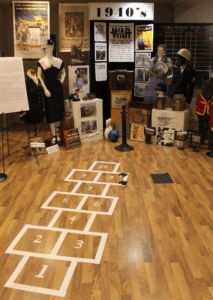
“It was a collaboration of nine staff people, and trying to secure these items from all over Long Island,” said Gloria Rocchio, president of The Ward Melville Heritage Organization, during a recent tour. Kristin Ryan-Shea, director of the Educational & Cultural Center, came up with the idea for the exhibit to have national, regional and local events highlighted. “That crystallized what we should do,” said Rocchio.
Though major national somber events such as 9/11 and World War II are highlighted in their respective decades, most of the exhibit is bright and fun-loving, giving it a feel of nostalgia, with a focus on early technology and entertainment. Visitors can even partake in an I Spy worksheet and be entered to win a $50 gift certificate to use at the many shops, restaurants and services offered at the Stony Brook Village Center. “It makes them look a little closer and remember a little more,” said Ryan-Shea.
Items on view include a wooden score chart from the bowling alley that used to be in the basement of what is now Sweet Mama’s in the 1940s, fashionable outfits from the 1950s, a 1977 Mercedes Convertible, a newspaper announcement of the World Wide Web in 1990 and a 1997 Moto-Guzzi motorcycle. Visitors can also experience a blast from the past with vintage telephones and radios, dolls including Barbies and Betsy Wetsy and the spring toy Slinky.

Children can particularly enjoy an interactive Nintendo game along with Minecraft, and the pool full of sand collected from Jones Beach, a symbol for which showcases the Melville family’s closeness with Robert Moses. “It is educational without being boring,” Rocchio explained.
Much of the exhibit focuses on the history of The Ward Melville Heritage Organization and its reach, from which the original idea for the exhibit came from. “It’s our 80th anniversary and we wanted to show what we do and what has been done over the years” Rocchio said, adding that she wanted to highlight how far the organization and the world has come.
For instance, the 1940s panel includes plans that Ward Melville had to transform Stony Brook Village, followed by the 1950s panel that includes photos of the old Dogwood Hollow Amphitheatre, an auditorium that was located where the cultural center stands today that showcased concerts with the likes of Tony Bennett and Louis Armstrong. The display also features a map of plots of land Ward Melville presented to New York State in order to build Stony Brook University in the late 1950s which Rocchio said wound up being 600 acres.

The exhibit also showcases information on the Erwin J. Ernst Marine Conservation Center at West Meadow Beach, where they conduct educational programs, and own the wetland side of the beach. Additional renovations and improvements to the village throughout the decades are also on view.
Ryan-Shea said the exhibit, which opened in mid-July, is creating multigenerational enjoyment. “Recently there was a family here that spanned four generations. The great-grandfather was born in 1940, so the great-grandchildren were teaching him how Minecraft works and the father was teaching his children how a record player works; the family was criss-crossing the room teaching each other things,” she laughed.
The director also recounted how she witnessed a 77-year-old man playing hopscotch, a game from his childhood; a grandmother was telling her grandson stories about World War II; and a little boy walked out begging his father for Battleship, a game he had not seen before. “I feel like kids nowadays don’t even think about history, and this makes it real and a conversation. The exhibit is connecting all the generations together,” she said.
WMHO’s Educational & Cultural Center, 97P Main St., Stony Brook will present Journey Through Time through Sept. 29. Viewing hours are 10 a.m. to 5 p.m. daily. Tickets are $5 general admission, $3 for seniors and children under 12. Call 631-689-5888 for further details.
The WMHO is also conducting Walking Through Time walking tours on Aug. 10, 21, Sept. 14 and 15 for $15 per person, children under 5 free. There is the option to purchase a premiere ticket, for $20, which includes admission to both the exhibit and a walking tour. For more information, call 631-751-2244 or visit www.wmho.org.
All photos courtesy of The WMHO

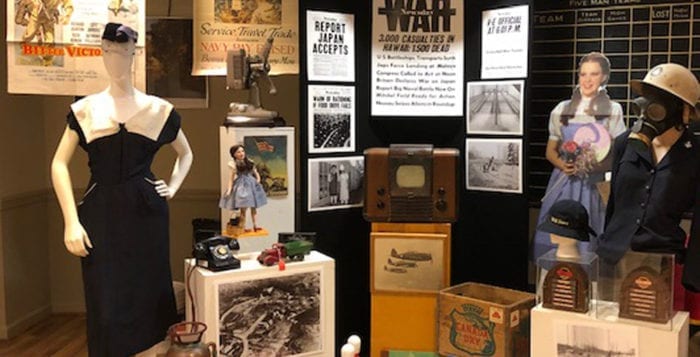
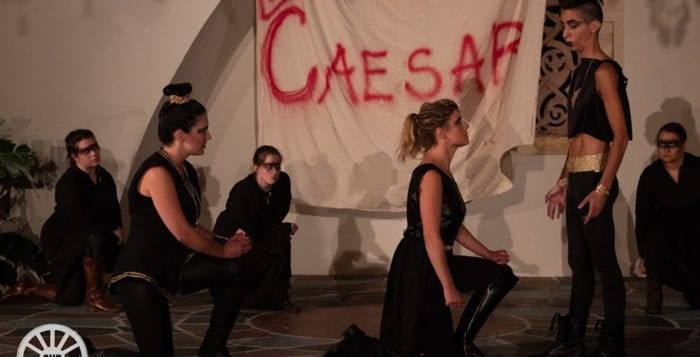
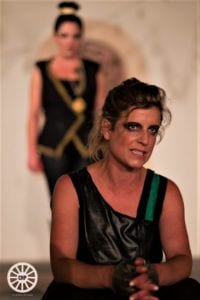

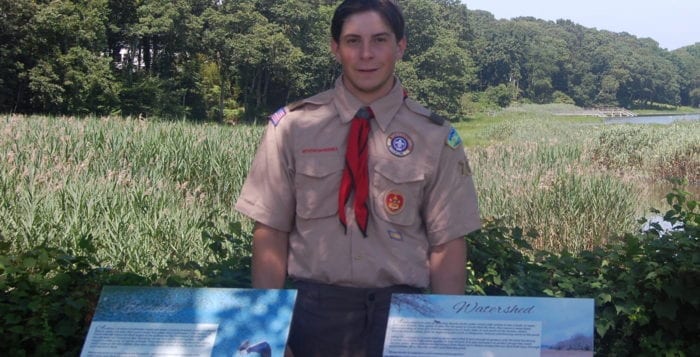
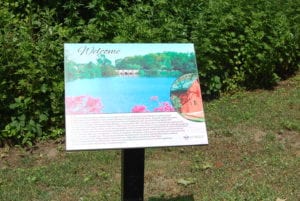



 Mitchell admitted that the yoga community sometimes “turns their nose up” to Goat Yoga, but she herself sees the beauty in it because “yoga itself is about connection; it’s about love. Just looking at the goats, you can see they’re so kind, friendly and silly. It’s just a beautiful way to not take life so seriously, get outside, and have fun with family and friends.”
Mitchell admitted that the yoga community sometimes “turns their nose up” to Goat Yoga, but she herself sees the beauty in it because “yoga itself is about connection; it’s about love. Just looking at the goats, you can see they’re so kind, friendly and silly. It’s just a beautiful way to not take life so seriously, get outside, and have fun with family and friends.” The Smithtown Historical Society hosts Goat Yoga classes for ages 18 and up in the field behind the Frank Brush Barn, 211 East Main St., Smithtown throughout the summer. All levels welcome. Please bring a mat, towel and a bottle of water.
The Smithtown Historical Society hosts Goat Yoga classes for ages 18 and up in the field behind the Frank Brush Barn, 211 East Main St., Smithtown throughout the summer. All levels welcome. Please bring a mat, towel and a bottle of water.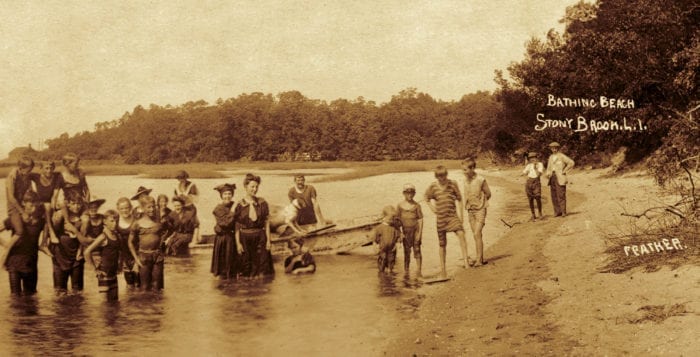
 Kristen Nyitray, the director of Special Collections and University Archives, as well as a university archivist at Stony Brook University, takes readers along for the story of the history of beaches in Nassau and Suffolk counties in her book, “Long Island Beaches” or what she describes as “a facet of Long Island’s social and cultural history and lure of picturesque beaches.”
Kristen Nyitray, the director of Special Collections and University Archives, as well as a university archivist at Stony Brook University, takes readers along for the story of the history of beaches in Nassau and Suffolk counties in her book, “Long Island Beaches” or what she describes as “a facet of Long Island’s social and cultural history and lure of picturesque beaches.”